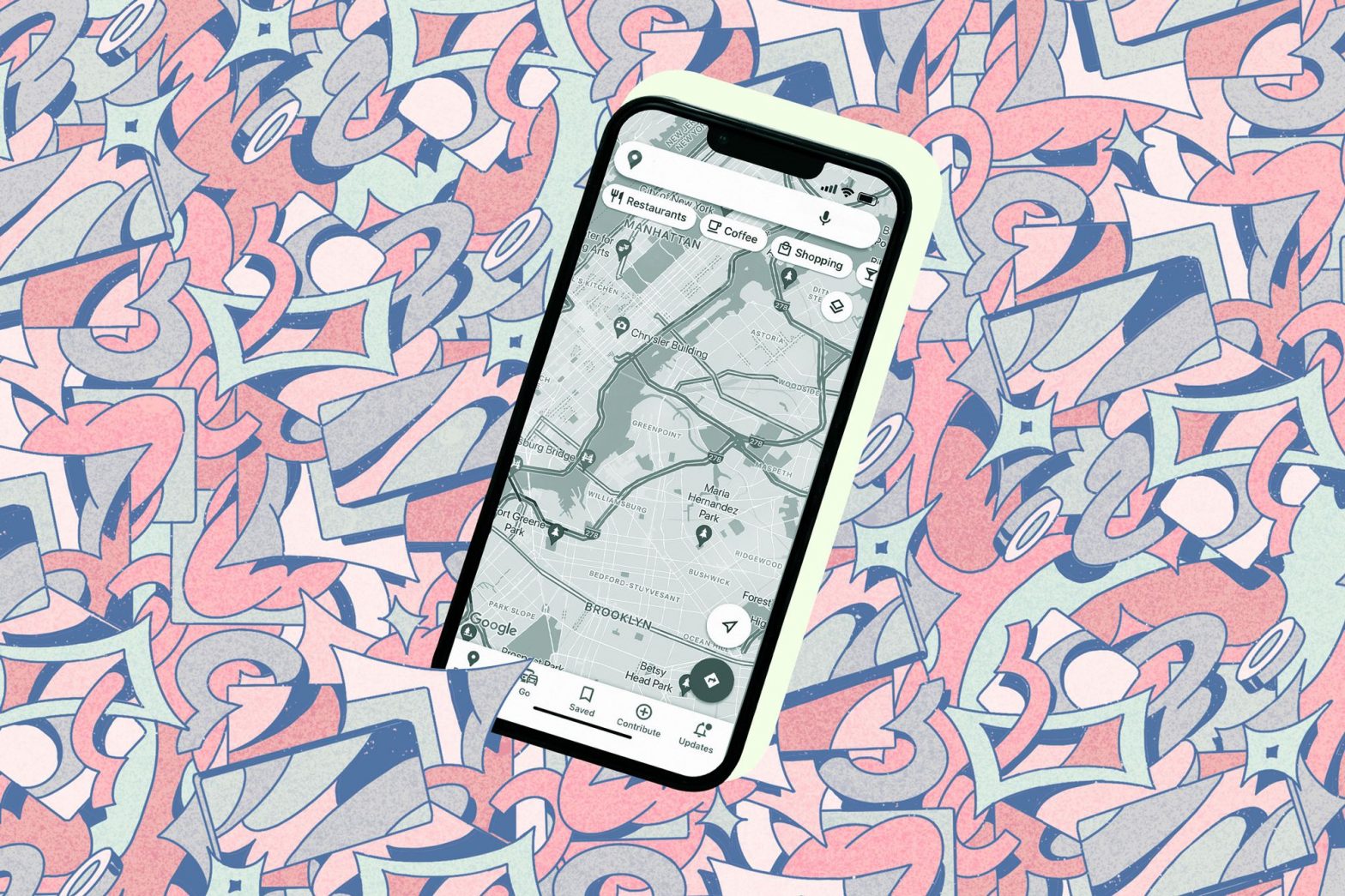/
As in-person events returned in full force — both personal and professional — Google Maps proved just as indispensable to daily life as ever.
/cdn.vox-cdn.com/uploads/chorus_asset/file/24279854/226437_M_Huigen_year_Google_maps.jpg)
I had the privilege of using lots of incredible new phones in 2022, packed with the latest hardware and capable of impressive performance. But there’s one app I turned to again and again when I was using each of those devices, and it’s far from new or cutting-edge: Google Maps.
As in-person events (both professional and personal) resumed over the course of the year, I found myself with a lot more opportunities to get out of the house. From navigating unfamiliar transit systems to finding toddler-friendly playgrounds, Google Maps was the app I opened up when it was time to go somewhere. But even beyond that, Google Maps has become more than a “get me from point A to point B” service. It’s become a kind of everything app for me, and I’ve taken full advantage of its conventional — and less conventional — features over the past year.
In 2022, I used Google Maps a ton when I was traveling — a pretty typical use case for the app. I got walking directions, found the right BART line to get to SFO, and looked for coffee shops wherever I was — so many coffee shops. I even have an iOS lock screen widget configured to look for nearby coffee shops so I can find coffee with as little friction as possible.
The app has also come in handy in more unusual situations. When I missed a turn on a recent hike outside of Seattle and realized I was wandering up a dry creek bed rather than a trail, I used Google Maps and my phone’s GPS to figure out which way I was supposed to be going. I wouldn’t count on using it that way further off the grid, but it came in handy in a pinch.
/cdn.vox-cdn.com/uploads/chorus_asset/file/23355626/IMG20220325141518.jpg)
I also use it to go off the beaten path closer to home. I take pictures with a lot of different phone cameras as part of my testing, so I’m always looking around for new, interesting places to shoot. I turned to Google Maps when I had exhausted all of my usual locations, and that’s how I found a greenway in Seattle’s SoDo neighborhood running along the light rail line with views of the murals in the area. Even in an area I know pretty well, Maps helps me uncover new-to-me spots.
Google Maps is also kind of an archive. If I’m trying to remember the name of the restaurant I visited years ago in another city, chances are it’s in my bookmarks. It’s also become a de facto address book. When I’m sending a package to my sister, I don’t look up her address in my phone’s contacts — I type her name into Google Maps’ search bar and it pops right up.
Sometimes I open up Google Maps without any specific agenda at all. I might scroll around a particular neighborhood I’m curious about. Or I’ll use Street View to get an idea of what it’s like walking through the streets of Reykjavik or find out what restaurants are in the northernmost city in the United States.
Are there things about Google Maps that annoy me? Yes. Sometimes I’ll have the map centered on a particular neighborhood and search for “breweries,” and it’ll zoom out to show me every brewery in the greater Seattle area. And I have spent years begging for a navigation option to stick to the simplest route rather than take me on a series of tricky turns to shave 30 seconds off my arrival time. I should be way more worried than I am about all of the data Google has on me, too, when I chart my every move using its app.
For better or worse, Google Maps has become as indispensable to me as email or Slack — no matter which phone I happen to be using at the time. It helps me explore my own city just as much as to get around unfamiliar ones. It’s the app that helped me navigate life in 2022, both close to home and far away, and I know I’ll be using it to plan my moves through the next year, too.
